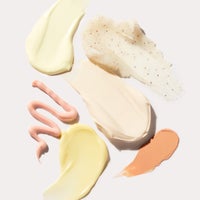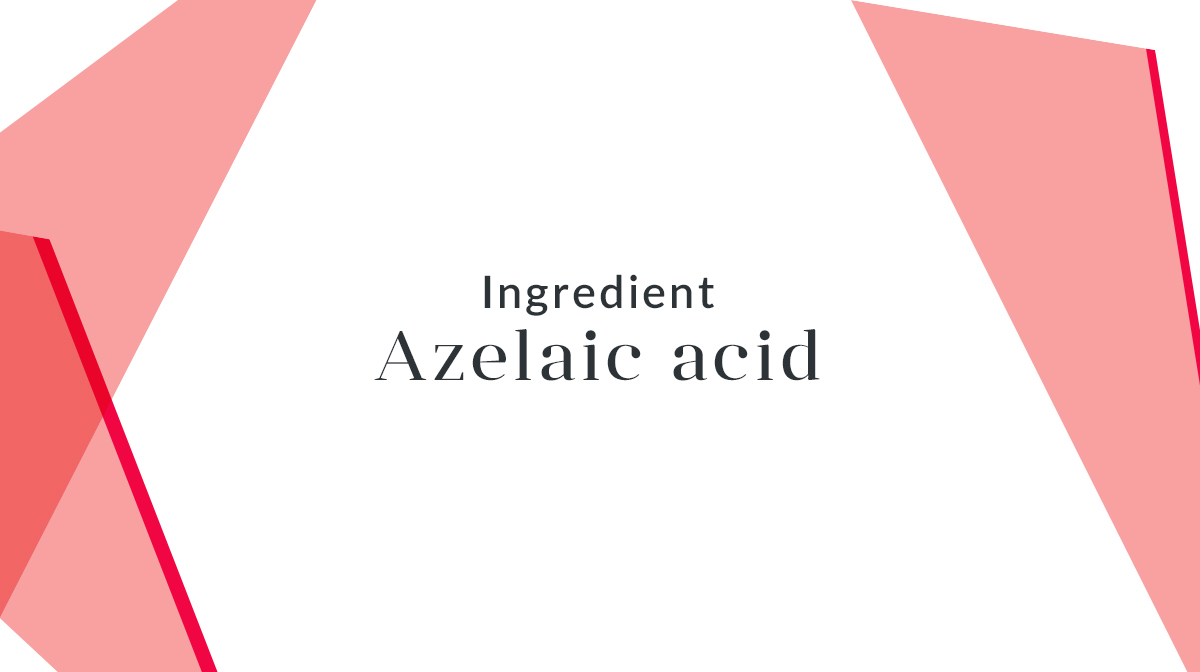
Azelaic acid is effective in treating a number of skin conditions, such as acne, inflammation and hyperpigmentation. It is naturally present in the skin and is also found in other sources, including wheat, rye and barley.
The Acne Treatment
Azelaic Acid is naturally antibacterial which makes it a great treatment for acne. When applied topically, it reduces the growth of bacteria in a follicle, helps to reduce inflammation and remove dead skin cells to prevent future acne breakouts.
Azelaic Acid can be used on just about any skin type, including sensitive skin, as it has the ability to reduce inflammation. Anyone with rosacea, especially those with acne rosacea, will find it makes an excellent treatment for calming and soothing their inflamed skin.
How Does Azelaic Acid Work?
Although Azelaic acid is often manufactured industrially for use in products, the ingredient is produced by several species of grain, including wheat and barley. In its natural form, azelaic acid performs a vital role in protecting the cells of plants. When a species of plant that produces azelaic acid comes in contact with a potentially harmful pathogen or substance, the plant releases azelaic acid, which triggers the production of another substance known as salicylic acid, an important chemical that is necessary for fighting off the potential threat.
Azelaic Acid can be used on just about any skin type, including sensitive, as it has the ability to reduce inflammation.
In industrial settings, azelaic acid is made by passing ozone through oleic acid. This important raw material may be obtained from one of the natural source grains for azelaic acid, from another plant or animal that makes oleic acid or through industrial synthesis. After manufacturing, azelaic acid is combined with additional ingredients to produce creams, lotions and gels.
Skin care brands and pharmaceutical companies that produce azelaic acid make formulations with specific concentrations of azelaic acid and indicate the concentration by a percentage. For example, a cream that contains 4% azelaic acid would receive 4% of its volume from the presence of the ingredient.
Can I Get It Without a Prescription?
Azelaic acid is available both with and without a prescription. Prescription strength versions of azelaic acid are sold under more than five different brand names and typically are of 15% -20% concentration. Over-the-counter formulas usually contain 10% azelaic acid. Beauty brand Rodial are very popular for packing this key ingredient into their products:
Fighting Acne
In 2002, the FDA approved azelaic acid for the treatment of acne. The most common skin care problem in the world, acne occurs when the pores become clogged and an infection develops. Often, bacteria are among the debris that forms the clogs. Upon its application to the skin, azelaic acid penetrates the pores and causes bacterial cells to die.
Although doctors do not fully understand how the phenomenon occurs, many believe that azelaic acid prevents bacterial cells from producing proteins that are necessary for their survival. Once the bacteria cells die, the infections in the pores clear up quickly, leading to the disappearance of acne.
Azelaic Acid is naturally antibacterial which makes it a great treatment for acne.
However, those who do not suffer from acne due to bacterial infections receive no benefit from using the ingredient. For this reason, physicians typically recommend discontinuing the use of azelaic acid if results are not seen within one to two months of starting treatment.
Lightening the Skin
Since 2007, azelaic acid has found a secondary use in the skin care industry. Clinical studies indicate that the acid has the ability to lighten the skin. Scientists believe this occurs because the ingredient interferes with the production of melanin. This skin pigment is responsible for giving the tissue its natural color and when over-produced, is responsible for discoloration. Azelaic acid's ability to reduce the amount of melanin in a specific region of skin tissue makes it popular in products meant to treat melasma, age spots and freckles.
Some products contain 20% azelaic acid in combination with 2% glycolic acid. The latter ingredient is an alpha hydroxy acid, a substance that dissolves the chemical bonds between skin cells. Products that contain azelaic and glycolic acids decrease the amount of melanin in the skin while exfoliating the discolored cells. As a result, they have the potential to eliminate hyperpigmentation much more quickly.
Although azelaic acid is not known to pose a risk for serious health complications, the ingredient can cause minor side effects. Among the most common complaints associated with the use of the ingredient are redness, stinging, burning and dryness. Side effects are more common with higher concentrations of the ingredient.
| Love Skincare? discover our edit of the mandelic acid skin benefits. |

Related Articles







